Ekaterina Sirazitdinova
Multimodal Generative AI Demystified
#1about 2 minutes
The shift from specialized AI to multimodal foundation models
Traditional specialized AI models like CNNs are not sustainable for general intelligence, leading to the rise of multimodal foundation models trained on internet-scale data.
#2about 3 minutes
Demonstrating the power of multimodal models like GPT-4
GPT-4 achieves high accuracy on zero-shot tasks and shows substantial performance gains by incorporating vision, even enabling it to reason about humor in images.
#3about 7 minutes
How multimodal generative AI is transforming industries
Generative AI offers practical applications across education, healthcare, engineering, and entertainment, from personalized learning to interactive virtual characters.
#4about 2 minutes
Understanding the core concepts of generative AI
Generative AI creates new content by learning patterns from existing data using a foundation model, which is a large transformer trained to predict the next element in a sequence.
#5about 7 minutes
A technical breakdown of the transformer architecture
The transformer architecture processes text by converting it into numerical embeddings and uses self-attention layers in its encoder-decoder structure to understand context.
#6about 3 minutes
An introduction to diffusion models for image generation
Modern image generation relies on diffusion models, which create high-quality images by learning to progressively remove noise from a random starting point.
#7about 3 minutes
Fine-tuning diffusion models for custom subjects and styles
Diffusion models can be fine-tuned on a small set of images to generate new content featuring a specific person, object, or artistic style.
#8about 5 minutes
The core components of text-to-image generation pipelines
Text-to-image models use a U-Net architecture to predict noise and a variational autoencoder to work efficiently in a compressed latent space.
#9about 3 minutes
Using CLIP to guide image generation with text prompts
Models like CLIP align text and image data into a shared embedding space, allowing text prompts to guide the diffusion process for controlled image generation.
#10about 3 minutes
Exploring advanced use cases and Nvidia's eDiff-I model
Image generation enables applications like synthetic asset creation and super-resolution, with models like Nvidia's eDiff-I focusing on high-quality, bias-free results.
Related jobs
Jobs that call for the skills explored in this talk.
Matching moments
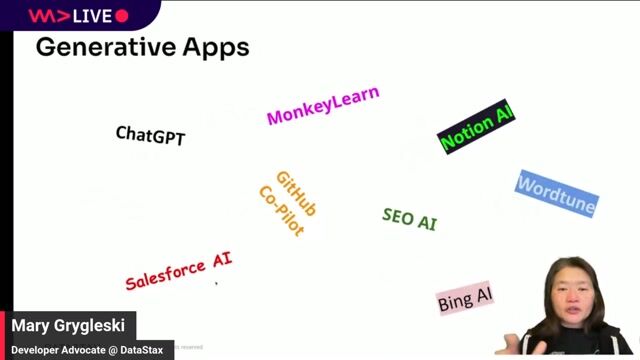
18:03 MIN
GenAI applications and emerging professional roles
Enter the Brave New World of GenAI with Vector Search

03:55 MIN
Understanding how generative AI models create content
The shadows that follow the AI generative models
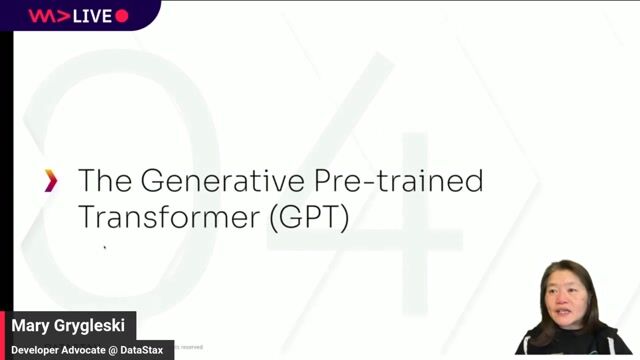
23:35 MIN
Defining key GenAI concepts like GPT and LLMs
Enter the Brave New World of GenAI with Vector Search
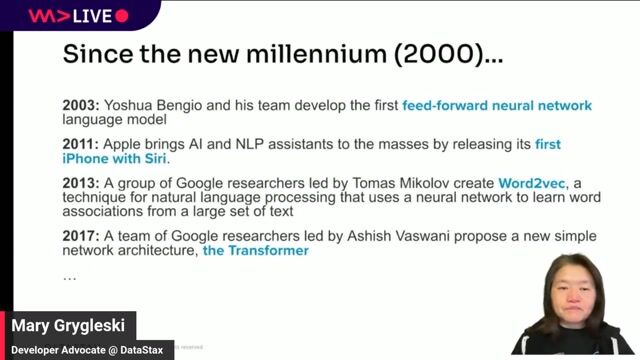
13:57 MIN
The recent evolution of generative AI models
Enter the Brave New World of GenAI with Vector Search
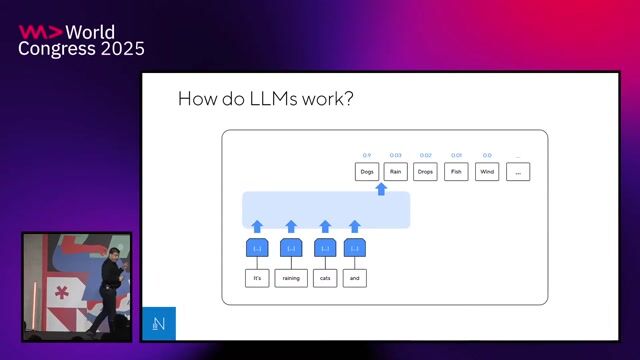
02:48 MIN
Tracing the evolution from LLMs to agentic AI
Exploring LLMs across clouds

00:09 MIN
Understanding the rapid evolution of generative AI tools
HR ROBO SAPIENS: Decoding AI Agents and Workflow Automation for Modern Recruitment
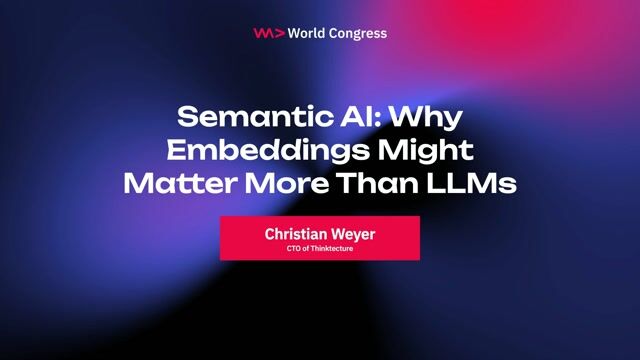
00:05 MIN
Moving beyond hype with real-world generative AI
Semantic AI: Why Embeddings Might Matter More Than LLMs
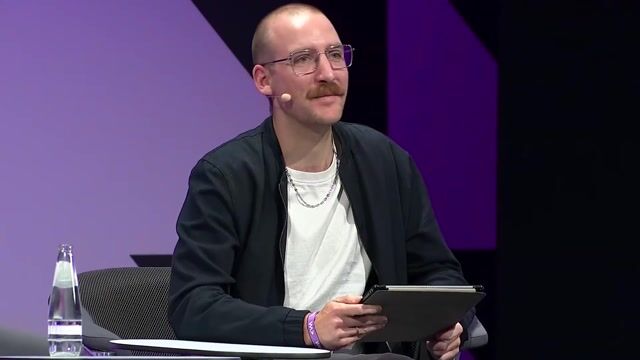
01:32 MIN
Practical examples of using AI in daily life
Collaborative Intelligence: The Human & AI Partnership
Featured Partners
Related Videos
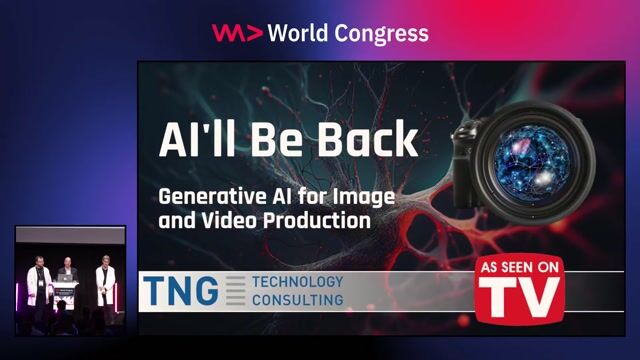 29:54
29:54AI'll Be Back: Generative AI in Image, Video, and Audio Production
Fabian Pottbäcker, Thomas Endres & Martin Foertsch
 25:17
25:17AI: Superhero or Supervillain? How and Why with Scott Hanselman
Scott Hanselman
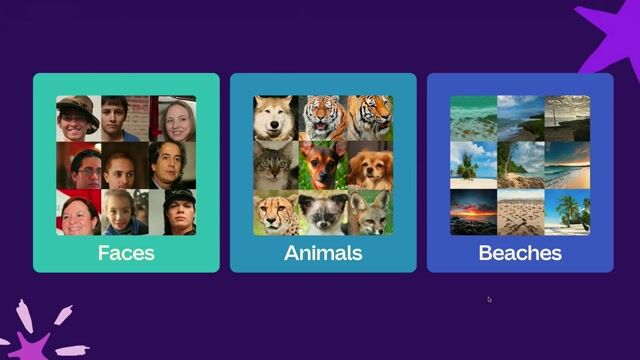 29:27
29:27Your imaginations is (no longer) the limit: how Generative AI empowers people to be creative
David Estevez
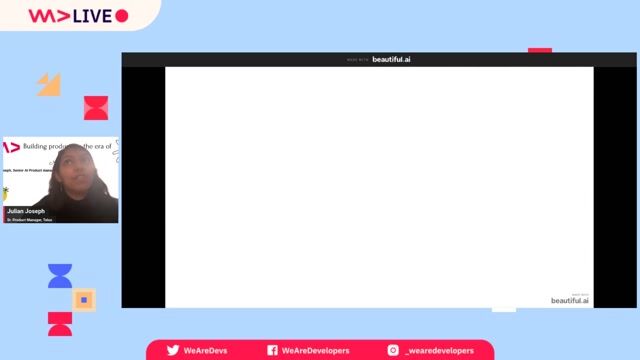 59:39
59:39Building Products in the era of GenAI
Julian Joseph
 47:28
47:28What do language models really learn
Tanmay Bakshi
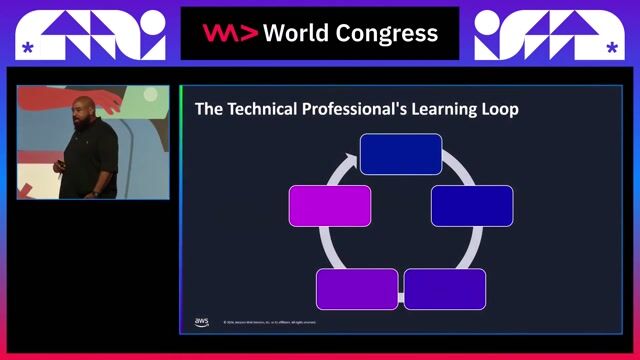 26:54
26:54Make it simple, using generative AI to accelerate learning
Duan Lightfoot
 25:14
25:14The shadows of reasoning – new design paradigms for a gen AI world
Jonas Andrulis
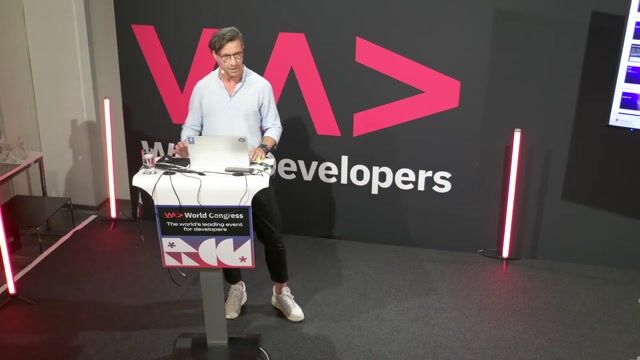 27:12
27:12GenAI Unpacked: Beyond Basic
Damir
From learning to earning
Jobs that call for the skills explored in this talk.







AIML -Machine Learning Research, DMLI
Apple
Python
PyTorch
TensorFlow
Machine Learning
Natural Language Processing


Senior Machine Learning Engineer - Generative AI
https cosuno jobs personio de
Remote
Senior
Python
Docker
PyTorch
Kubernetes
+2